What’s Your Firewall?
Traditional brick and mortar retail as a standalone strategy is under severe challenge. Think about some of the recent/ current events that demonstrate this:
• Macy’s announced it is closing over 100 stores within the next 12 months.
• Consolidation is on steroids. Not too many years ago, 30 major regional and national supermarket chains accounted for the bulk of the grocery business, while today, 10 chains control over 80 percent of the food market. Food products now account for over 50 percent of Wal-Mart’s domestic sales, making the big box the No.1 food retailer in the U.S. (meaning that their general merchandise sales are flat at best).
• Office Depot and OfficeMax merged, and Staples wanted to join their party, but was rebuffed by the Department of Justice.
• Bass Pro Shop just acquired Cabela’s, and Sports Authority simply closed all of its stores.
• The only sector showing significant store growth are value formats, such as dollar stores, ALDI (adding 500 more stores within the next 5 years) and LIDL, a German value format similar to ALDI that plans to build over 1,000 stores in the next few years.
• Although consumer purchases, which account for over 2/3 of GDP, are rising, the growth isn’t from store sales, but rather from online sales. Case in point, the National Retail Federation forecasted Christmas 2016 sales would be up 3.4 percent, with online sales predicted to grow at 15+ percent, meaning brick and mortar sales growth would be in the 1 to 2 percent range.
That’s not too much to ask for, but it was very hard to provide in the past. But now producing your own high quality, full-color tags and signs in house is much more affordable. Retailers are now creating their own programs that allow them to supply cultural information that’s pinpointed to the local area, perhaps as targeted as neighborhood to neighborhood.
Add to this the Amazonization of retail — either pure play online retailing or the online sales from omni-channel retailers (brick and mortar retailers with an integrated online sales strategy) — with 2016 online sales estimated at $373 billion or over 11 percent of total retail sales and annualized growth of 13 to 15 percent, and recognize that these are largely cannibalized sales from brick and mortar stores, not all incremental sales growth. And even if brick and mortar retailers aren’t yet direct fulfilling online orders, Amazon has changed consumer attitudes and behaviors, setting up expectations for new methods of shopping, including order online or pick up in store (or curbside).
What Are Your Priorities?
Though the locally owned garden center (LOGC) community has faced and adapted to change in the past, the scope and speed of the challenges and changes at retail right now are exponentially greater than ever before. Much as I’d like to offer one, there’s no magic bullet or formula that will guarantee success in today’s marketplace. But maybe I can offer something for you to think about that can help you prioritize your efforts.
Remember that there are just a few ways to maintain or increase sales:
• Expand your customer base: bring new customers through your front door. Though expensive to do, even a high customer acquisition cost is justifiable if it brings in a new demographic (i.e., millennials) and you can develop them into long-term customers from a lifetime value approach.
• Increase the shopping frequency of your existing customers: right now “good” customers visit a LOGC one to two times per year, “great” customers shop three to four times per year.
• Increase the transaction value or number of items purchased per visit from your new and existing customers.
• Increase retails.
Remember, too, that you are a destination; the customer made a conscious decision to make a special trip to your LOGC, and has a high intent to purchase. A sale to every customer that walks through your front door (and how much he spends and whether/how soon he/she returns) is yours to lose. It’s all about converting your existing traffic (and new customers you’ve enticed to visit) every time they come in your store.
If any customer leaves empty handed, shame on you! With a relatively low frequency of purchase, it doesn’t take too many “no sale” visits before a customer stops coming in altogether, and then it’s even more difficult (and expensive) to re-acquire him/her as a customer again. It matters not a whit whether he/she left because of poor product selection or quality, a perceived pricing issue, a bad experience or lack of service … the sale was yours to make and it didn’t happen.
Generating traffic is important; converting that traffic to sales is critically important. And once your customer decides to become a purchaser, only then do you have the opportunity to trade them up, intelligently add to the sale value and quantity, and build on to their lifetime value to you.
Online operators, omni-channel retailers and hybrid strategies are providing the consumer with more places and methods of purchasing than ever before, and they are siphoning traffic off from traditional brick and mortar retailers. That’s why it’s so important to protect (and convert) the customers you do have while you battle to bring new customers in.
There’s no doubt that LOGCs will need to adapt into omni-channel retailers in some way, shape or form in order to maintain relevancy and get in sync with the changed consumer attitudes and behaviors. Focusing on traffic conversion is the short-term firewall that can help buy you the time to discover your new path in the near future …


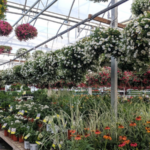



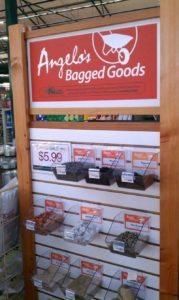
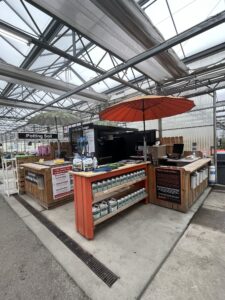
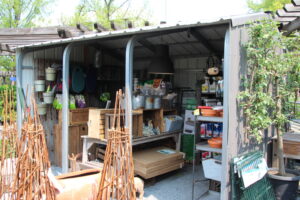



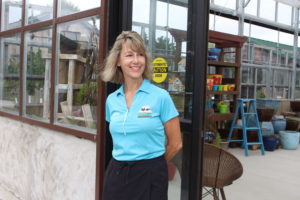


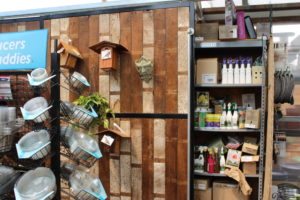


 Videos
Videos





